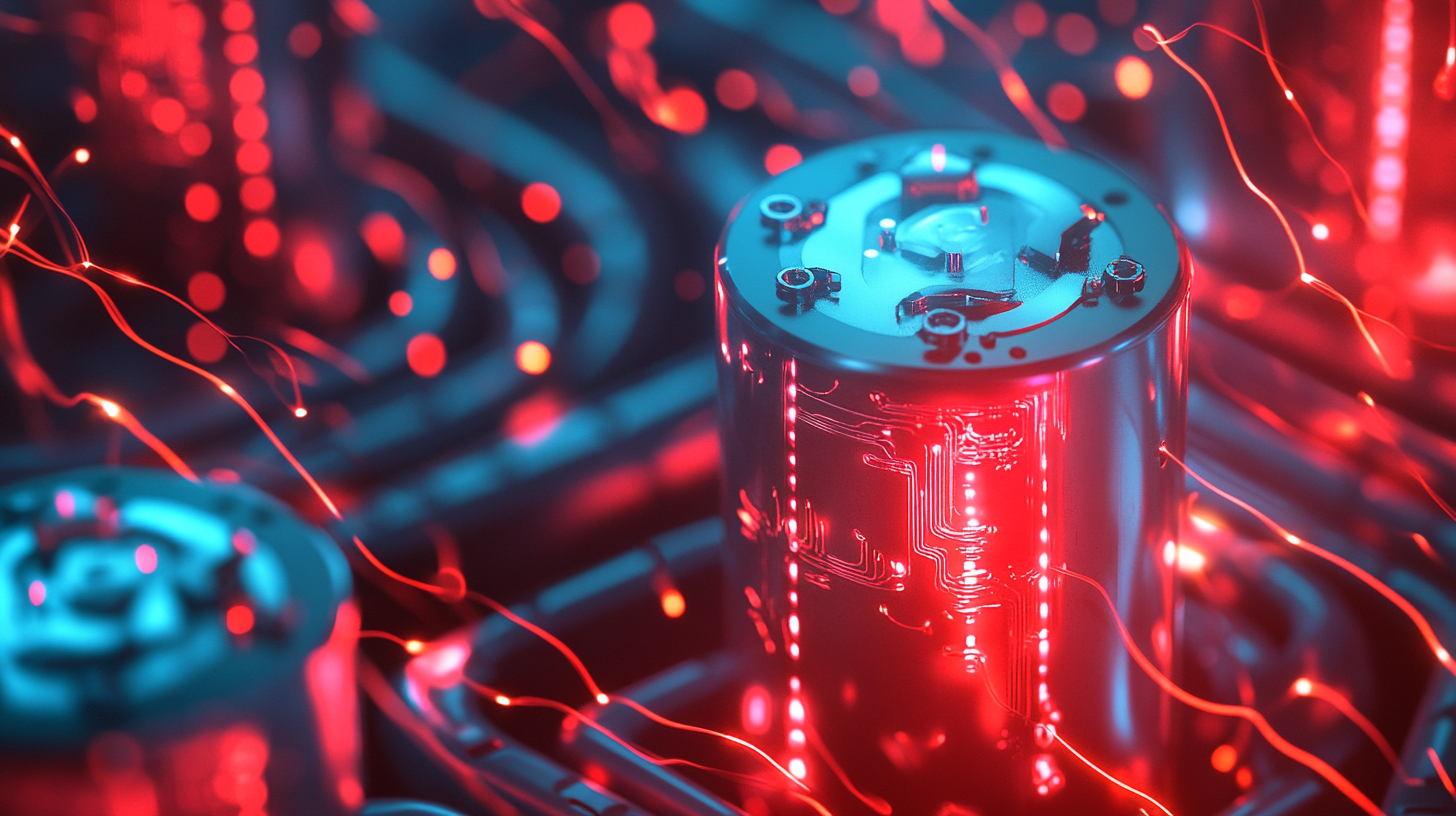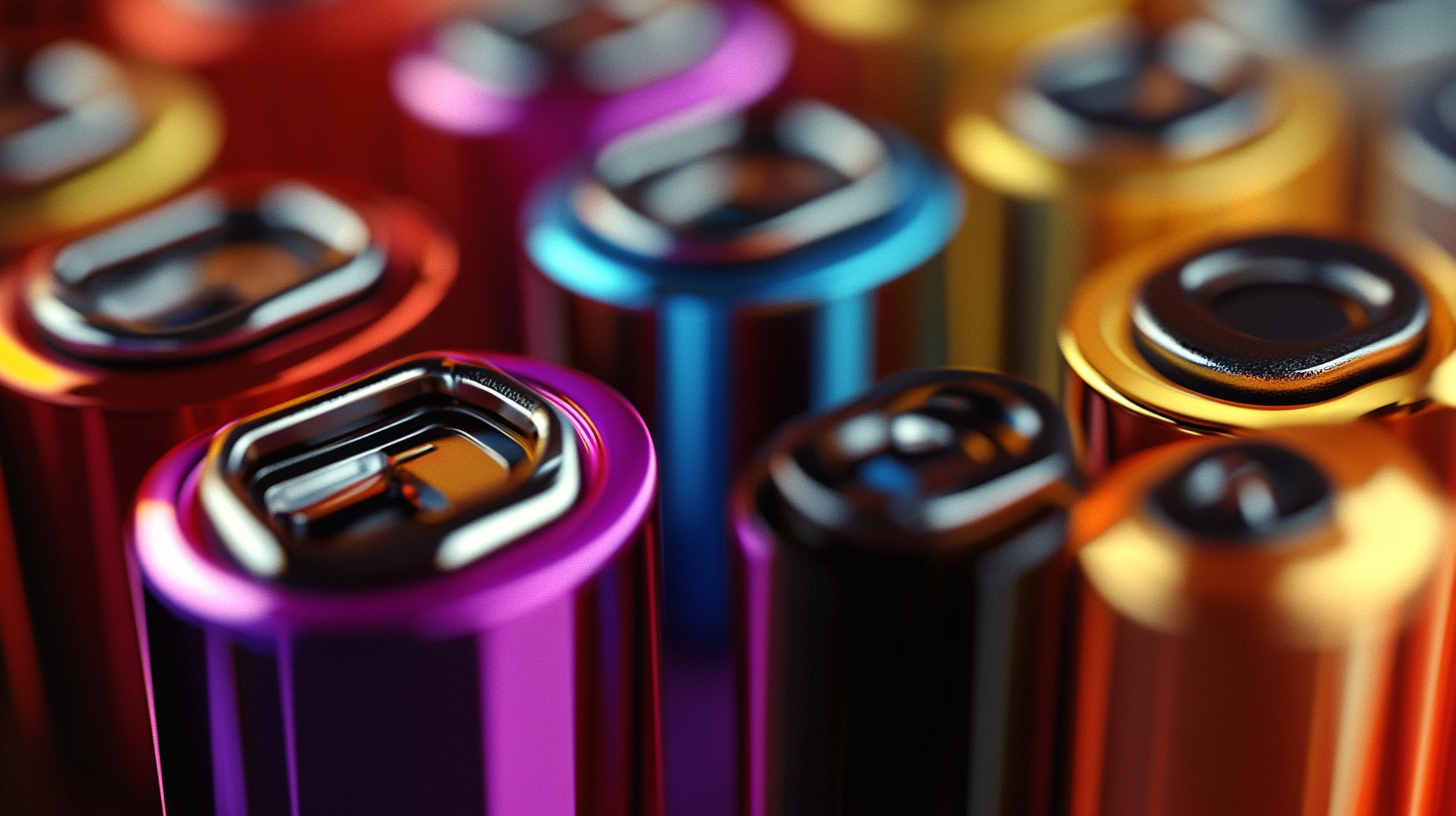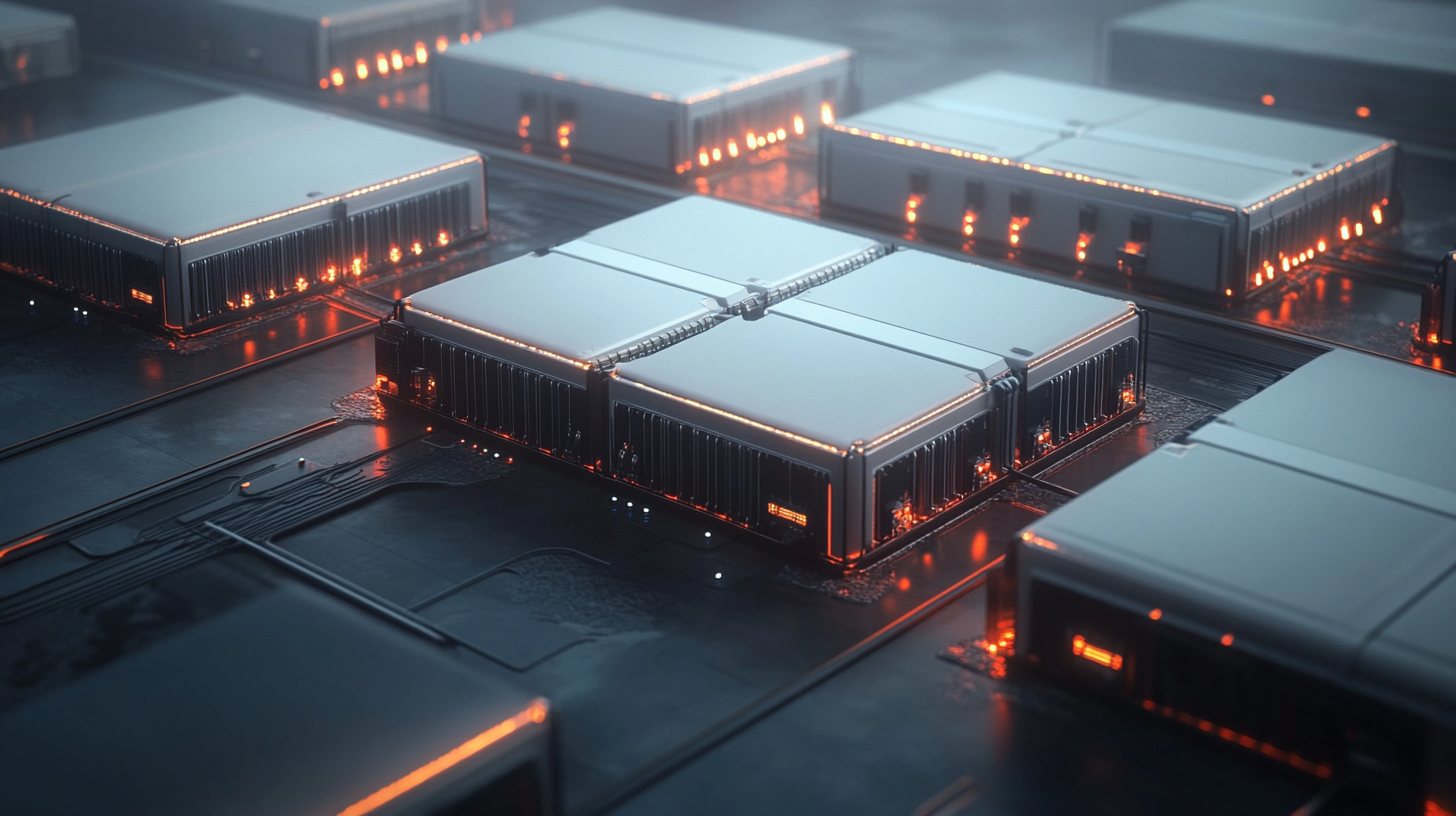Transitioning to electric vehicles ranks one among many crucial transitions across the automotive industry. This change has heightened the use of Lithium-ion Batteries for electric vehicles, which are now the major energy storage devices in cars. In its recent report, the International Energy Agency (IEA) revealed that total global electric car sales reached 6.6 million units in 2021 and projects EV penetration in total sales to increase to as much as 30% by 2030. This is mainly a result of having Lithium Ion Batteries far more efficient and energy dense than many other batteries and are fast becoming the major backbone of modern electric mobility. However, despite their advantage, the use of such batteries comes with a series of challenges that need to be overcome before considering them as sustainable transport in the future.
As the hype surrounding the use of Lithium Ion Batteries escalates, so do the worries about the environmental impact of these sources and the availability of resources. A recent study conducted by the World Bank envisages that the demand for lithium, which is a requisite element to manufacture a lithium-ion battery, may increase by over 900% in future periods like 2050. Besides, battery safety and recycling and critical materials supply chain issues are further difficulties for manufacturers and governmental policymakers. Hence, while most breakthroughs lie in the promise that Lithium Ion Batteries can offer in the way of changing electric energy storage paradigms for future vehicles, it is equally important to know and deal with issues concerning their implementation in order to attain a sustainable future for transportation.

Lithium-ion batteries are fast becoming the key technology for electric vehicles (EVs) and will make transportation more sustainable. High energy density, light weight, and fast rechargeability are winning features for automobile makers and their customers. Such batteries enable EVs to cover long distances with one charge-an excellent remedy for one of the arguments against electric vehicles: range anxiety. The advances made in the automotive industry are fast evolving, with lithium-ion batteries having a growing role further improves innovations in vehicle performance and efficiency. Nevertheless, there are challenges to the widespread adoption of lithium-ion batteries. Such production of batteries depends on finite resources like lithium, cobalt, and nickels. Hence, the issue of sustainability including risks of supply chain stability problems. Concerns about battery security, including rising temperature troubles to leading ignitions, are also reasons for increased scrutiny and calls for improved regulations on standards. Recycling and environmental considerations also become a facilitator for lithium-ion technology in future directions, as a favorable way to dispose of them or reclaim resources must be discovered to minimize ecological harms. Researchers and corporations are actively working improving existing battery systems while looking for alternatives to lithium-ion technology. Solid-state batteries provide a more stable and efficient feasible solution that may outlast traditional lithium-ion batteries applications. These will indeed prove to be one of the major challenges that have to be addressed as a result of increasing demand for electric vehicles, ensuring that lithium-ion batteries perform their given role towards a more cost-effective and sustainable transportation world.

The adoption of lithium-ion batteries by electric vehicles is set to constitute a breakthrough in energy storage technology. But still, there are various technical challenges to their full-scale use. And the first is the energy/storage density vs weight ratio. Pretty huge energy storage capabilities are provided by lithium-ion batteries, but their weight really has a huge effect on overall efficiency and performance of electric vehicles. This has necessitated further research in the area of lighter materials and improved cell designs that maximize energy output but maintained dynamics.
Another important challenge is battery lifetime and degradation. Charging cycles can go as far as to cause lessening capacity to a battery with time. Manufacturers and consumers associate this effect with evils. Innovations focusing on the chemistry of batteries, for example, are creating solid state batteries or different chemistries to combat these degradation effects. Furthermore, understanding the thermal management of lithium-ion batteries is really important at the same time. Overheating tends to be problematic not only for performance but safety, too.
Battery production remains, however, one of the problems of the moment. As demand for electric vehicles increases, so too does the clamour for a guaranteed steady supply of quality materials such as lithium and cobalt. The path to success in overcoming this challenge will follow sustainable sourcing and investment in recycling technologies, among other ways. Addressing such technical hurdles will enable a broader adoption of lithium-ion batteries and should allow for a future where electric vehicles become a default option among consumers.

Lithium-ion battery production and disposal have adverse environmental effects, hence a major cause of concern with burgeoning global electric vehicle demand. lithium-ion battery electrolytes market is in a very fast growth phase with the forecast to attain $2.94 billion by 2032, thus any concern of an environmental nature must be addressed promptly. The production of lithium-ion battery cells involves extensive resource extraction for lithium, cobalt, and nickel-mining, which adversely impacts habitats and pollutes. Adding salt to the injury, the mining operation is generally facilitated with quite a devastation to the environment; therefore sourcing these materials in a sustainable way can truly be considered.
With these limitations in mind, innovative alternatives are emerging. A striking case in point is that of a U.S.-based energy storage startup recently completing a major round of funding towards the commercialization of sodium-ion batteries. These batteries further provide a welcomed solution by utilizing more hazardous and environmental-friendly materials, thereby lowering reliance on scarce minerals in traditional lithium-ion technology. Such an eventuality could drastically influence energy storage and, while providing a pathway for sustainable practice, combat the environmental implications of lithium-ion batteries. The industry must adopt strategies along this path which lessen ecological damage whilst satisfying the growing energy demands of electric vehicles.

This describes the phenomenal increase in demand for advanced battery technologies due to the increased popularity of electric vehicles (EVs) and the growing need for an efficient energy storage solution. New innovations have opened the way to break down the barriers set by traditional lithium-ion batteries. A joint endeavor by the Georgia Institute of Technology in developing a revolutionary low-cost cathode material-i.e., iron chloride-from the innovation has the potential to reduce massively the cost of manufacturing and improve performance dramatically. This breakthrough is a major step in making electric vehicles not just affordable but also accessible to the masses as reported by "Nature Sustainability."
Along with new materials, there is a new aspect that forms the basis of research into new designs for the lithium-ion batteries themselves. Reconceiving battery architectures has the potential to yield fundamentally different performance metrics in terms of longevity and charge times. Also, the range of lithium-sulfur batteries promises to be much higher than conventional batteries on the ratio between energy density and weight offering approximately 300% more storage per mass-and therefore answers much immediate desire for effective and sustainable energy solutions.
The international energy cycle shift round will also see calls from the International Energy Agency (IEA) dramatically multiplying global storage capacity from now to 2030 by six times its future value. Indeed, hybrid sodium-ion batteries that have the power to charge quickly by the end of the decade should be part of advanced battery technologies. All in all, these set of innovations assures the necessity and enables the new generation of energy storage systems to consider climate change adaptation as well as a green future in concept and practice.
This phenomenon which is known as increased acceptance of lithium-ion batteries in electric vehicles has not been free from all inflictions. The place of the battery technology for electric vehicles is mainly dependent on policy and market factors. Although, some of the recent progresses in the alternative battery technologies like sodium-ion batteries have started to change this trend. The recent inauguration of China's largest sodium-ion storage project, which has a capacity of 100 megawatts with 200 megawatt-hours, is an event putting the whole issue at a pivot in energy storage innovations as compared to lithium-ion alternatives.
Prices have not been static with the dramatic reductions that characterize storage for lithium-ion batteries. Those reductions have typically halved prices in some markets. So it is not surprising that all stakeholders are now listening to the call of sodium-ion batteries as the next best replacement. Performance and scalability of sodium-ion technology are still under development; however, the growing interest marks an important paradigm shift in the policies encouraging diversified energy storage options. Government incentives, support for research and development of battery technologies, and commitment to sustainable energy solutions are important factors driving this phenomenon toward widespread adoption of sodium-ion batteries in an evolving electric vehicle market.
The changing market scenario for battery materials also emphasizes the need for developing strategic alliances and investments promoting the establishment of new improved storage technologies. Thus, according to policymakers, it is apparent that they bring an important question with regard to building a self-sufficient and resilient electric vehicle infrastructure. The play between lithium-ion technology and sodium-ion technology will determine the future of energy storage and role electrification of transportation.
Human-Factored Paraphrasing:The rapid acceptance of lithium-ion batteries in electric vehicles has not been without problems. EV battery technology placement is very much subjected to a policy and market factors. Some of the latest developments in alternative battery technologies like sodium-ion batteries have started to change the trend. The recent commissioning of China's largest and most advanced sodium-ion storage project, which has the capacity of 100 megawatts and 200 megawatt-hours, is a watershed event in energy storage innovation, providing a viable alternative to lithium-ion solutions.
However, lithium-ion battery storage prices have recently undergone severe cuts and in many markets they're halved. Therefore it's not shocking that all stakeholders are considering sodium-ion as probably the best substitute. Sodium-ion technology itself has not proved itself when it comes to performance and scalability, but growing interest is a sign of an important policy change that is pushing diversifying energy storage options. Government incentives, support for R&D in battery technologies, and a commitment to sustainable energy solutions will influence the widespread adoption of sodium-ion batteries in the EV sector.
Now, changing battery technology seems to bring strategic partnerships and investments into focus that can help accelerate the adoption of new storage technologies. Policymakers have, therefore, an imperative question regarding building a self-sufficient and resilient electric vehicle infrastructure. The future play between lithium-ion technology and sodium-ion technology will determine the future of energy storage and its role in electrifying transportation.
Lithium-ion batteries are primarily used in electric vehicles (EVs), providing high energy density, lightweight properties, and rapid recharge capabilities that enable long-distance travel on a single charge.
The production of lithium-ion batteries relies on finite resources such as lithium, cobalt, and nickel, raising concerns about sustainability, supply chain stability, and potential environmental impacts from resource extraction.
While lithium-ion batteries offer considerable energy storage, their weight can affect the overall efficiency and performance of electric vehicles, necessitating ongoing research into lighter materials and better cell designs.
Lithium-ion batteries pose safety risks, including overheating and the potential for fires, which have prompted calls for improved regulatory standards and enhanced battery safety measures.
Lithium-ion batteries often experience capacity degradation over time with frequent charging cycles, raising concerns for both manufacturers and consumers regarding their long-term performance and viability.
Yes, researchers and companies are exploring alternatives such as solid-state batteries and sodium-ion batteries, which could offer more stable and environmentally friendly solutions to the limitations posed by traditional lithium-ion technology.
The disposal of lithium-ion batteries poses ecological risks, emphasizing the need for effective recycling and reclamation strategies to mitigate environmental harm associated with battery production and disposal.
Innovations include advancements in battery chemistry to improve lifespan and reduce degradation, along with developments in recycling technologies to ensure sustainable sourcing and disposal practices.
The surge in demand for electric vehicles necessitates a stable supply of quality materials like lithium and cobalt, making sustainable sourcing practices and investment in recycling technologies crucial for meeting future demands.
The automotive industry can address these challenges by investing in research for improved battery technologies, implementing sustainable sourcing practices, and enhancing recycling efforts to reduce environmental impacts.